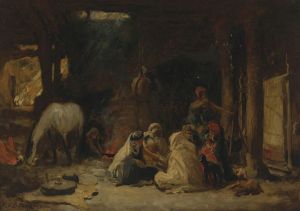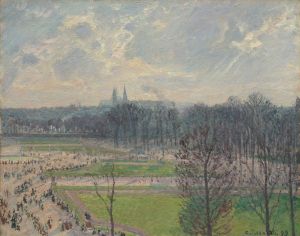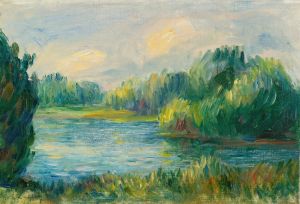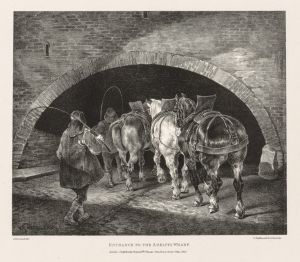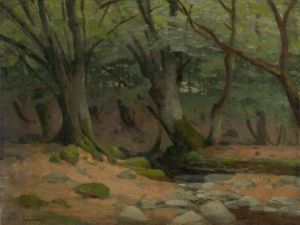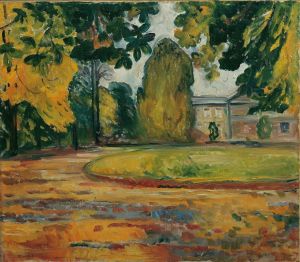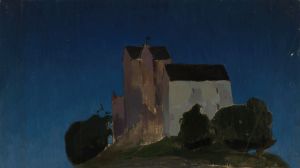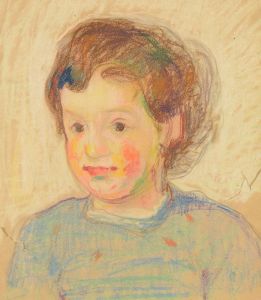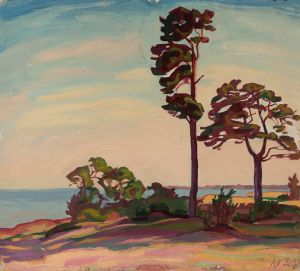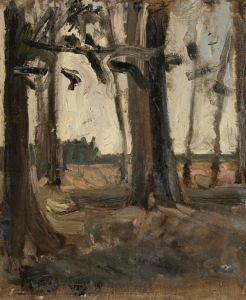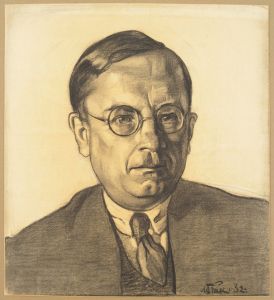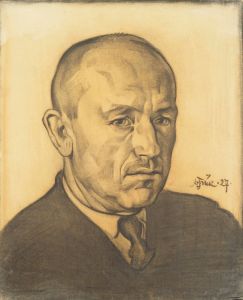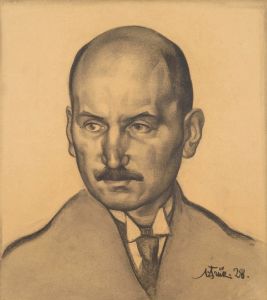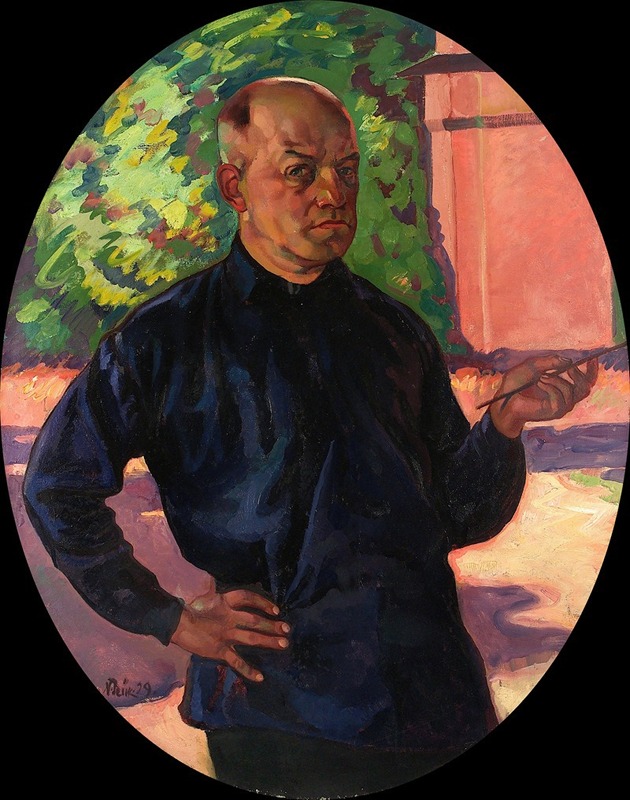
Autoportree
A hand-painted replica of Nikolai Triik’s masterpiece Autoportree, meticulously crafted by professional artists to capture the true essence of the original. Each piece is created with museum-quality canvas and rare mineral pigments, carefully painted by experienced artists with delicate brushstrokes and rich, layered colors to perfectly recreate the texture of the original artwork. Unlike machine-printed reproductions, this hand-painted version brings the painting to life, infused with the artist’s emotions and skill in every stroke. Whether for personal collection or home decoration, it instantly elevates the artistic atmosphere of any space.
Nikolai Triik was an Estonian painter and graphic artist, known for his contributions to the development of modern art in Estonia during the early 20th century. One of his notable works is the self-portrait titled "Autoportree." This painting is a significant piece within Triik's oeuvre, reflecting both his personal style and the broader artistic movements of his time.
Nikolai Triik was born on August 7, 1884, in Tallinn, Estonia. He studied art in Saint Petersburg and later in Paris, where he was influenced by the prevailing art movements, including Impressionism and Symbolism. These influences are evident in his work, which often combines elements of these styles with a distinctly Estonian sensibility.
"Autoportree," which translates to "Self-Portrait" in English, is a compelling example of Triik's ability to blend different artistic influences. In this painting, Triik employs a bold use of color and expressive brushwork, characteristics that align with the Symbolist movement. The self-portrait captures not only his physical likeness but also conveys a deeper psychological insight, a common trait in Symbolist art.
The painting is characterized by its strong composition and the intense gaze of the artist, which engages the viewer directly. Triik's use of color is particularly noteworthy; he employs a palette that is both vibrant and harmonious, creating a sense of depth and emotion. The background of the painting is relatively simple, which serves to focus attention on the artist's face and expression.
Triik's "Autoportree" is also significant for its reflection of the cultural and national identity of Estonia during a time of change and modernization. As Estonia was seeking to establish its cultural identity separate from Russian influence, artists like Triik played a crucial role in this process. His work, including this self-portrait, contributed to the burgeoning national art scene and helped lay the foundation for future generations of Estonian artists.
Throughout his career, Triik was involved in various artistic groups and movements, including the Noor-Eesti (Young Estonia) movement, which aimed to promote modernist ideas and Estonian cultural identity. His involvement in these groups further underscores the importance of his work in the context of Estonian art history.
"Autoportree" is housed in the Art Museum of Estonia, where it continues to be an important piece for both art historians and the general public. It serves as a testament to Triik's skill as an artist and his role in the development of Estonian modern art. The painting remains a subject of study for those interested in the intersections of personal expression, national identity, and modernist art movements.
In summary, Nikolai Triik's "Autoportree" is a significant work that encapsulates the artist's style and the cultural context of early 20th-century Estonia. Through its expressive use of color and form, the painting offers insight into Triik's artistic vision and his contribution to the national art narrative of Estonia.





